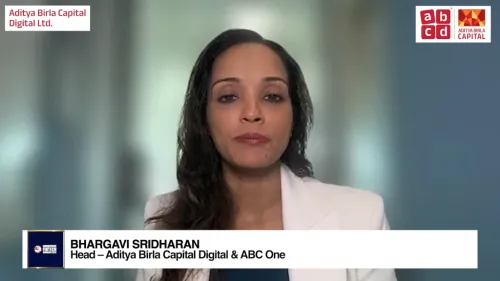
Bangladesh’s banks hold negative outlook as asset risks stay elevated
BRAC and City Bank may continue to benefit from flight to quality, however.
The outlook of three Bangladeshi banks remains negative on weak asset qualities, although some may benefit from flight to quality amidst ongoing turbulence in the banking sector, according to Moody’s Ratings.
BRAC Bank, City Bank PLC (CBP), and Eastern Bank PLC (EBP) all carry negative outlooks as of November 2025.
For BRAC Bank, its better-than-peer-average capitalisation is a plus, but the rapid growth in its unsecured retail lending and high concentration in Bangladesh’s 20 largest corporations could increase its asset risk.
CBP, meanwhile, has improved funding and profitability as well as stable liquidity, according to Moody’s. This balances its weak asset quality and moderate capital.
Both BRAC Bank and CBP will see their funding and liquidity continue to benefit from flight to quality because of the turbulence in the banking sector, according to Moody’s.
Meanwhile, EBP has stable capital and profitability. Its higher-quality corporate loans will reportedly limit asset-quality deterioration. This is evidenced by its nonperforming loan (NPL) ratio, which is said to be historically lower than industry average.
“The bank's exposures to the power sector have been restructured for a long-term special government bond, which indicates additional asset risks,” Moody’s said.
“Nevertheless, the bank's loan loss reserves will provide some buffers against potential losses. The ratings also reflect the bank's moderate reliance on less-stable funding and modest deposit franchise, as well as adequate liquidity,” it added.
Bangaldesh's banking sector has been strained by structural problems. High credit risks, its fragmented system, and weak governance of select lenders plague the industry, according to S&P Global Ratings. These problems were exacerbated by a political crisis in 2024.
In an earlier 2025 report, S&P said that it expects the industry’s weak profitability to continue, and for asset quality strains to extend through 2026.

















 Advertise
Advertise








